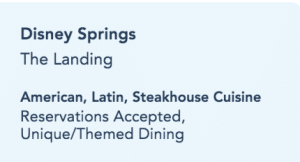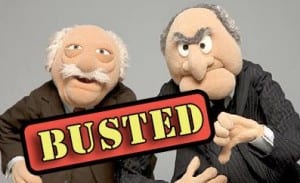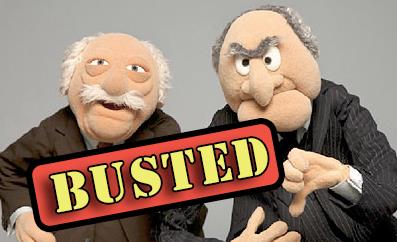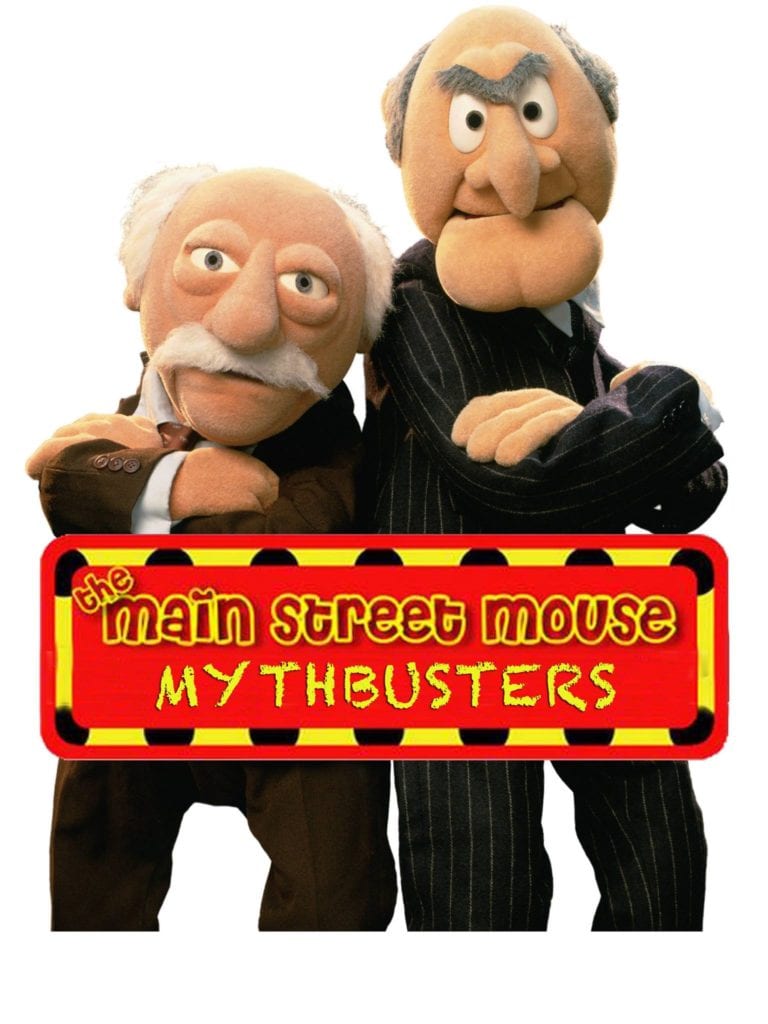 The goal of this blog series is to factually prove or disprove rumors, myths and mythconceptions in the Disney-verse. Tonight we are are going to look into “Dining Ticket Confusion” and “Emurkeys.”
The goal of this blog series is to factually prove or disprove rumors, myths and mythconceptions in the Disney-verse. Tonight we are are going to look into “Dining Ticket Confusion” and “Emurkeys.”
Are Disney Turkey Legs REALLY Turkey?
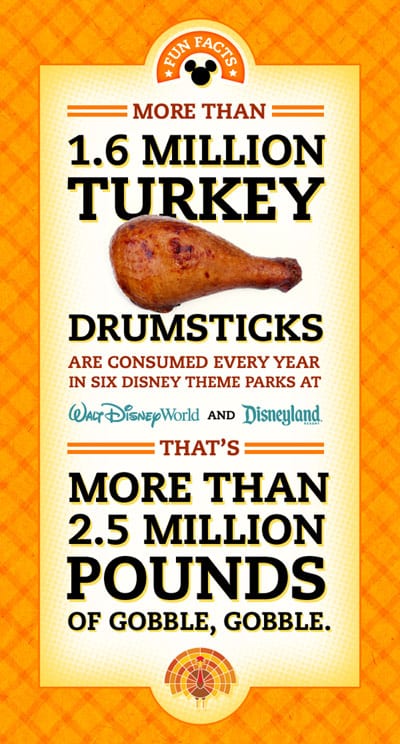 Disney’s Turkey Legs are so popular they have merchandise and info-graphics. One of the great urban legends I see all over Disney forums is that the Turkey Legs in the parks AREN’T in fact turkey.. Wow… Ok I understand that those turkey legs are HUGE but to say that Disney is mislabeling food? Yikes.
Disney’s Turkey Legs are so popular they have merchandise and info-graphics. One of the great urban legends I see all over Disney forums is that the Turkey Legs in the parks AREN’T in fact turkey.. Wow… Ok I understand that those turkey legs are HUGE but to say that Disney is mislabeling food? Yikes. 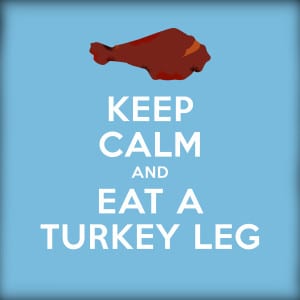 Disney smokes their turkey legs, which not only gives them that great taste, but it seems to ADD to the myth that the meat isn’t turkey. The smoking gives it a bit of a “ham” taste. Then of course you look at that HUGE 1.5 pound leg and go “WOW! I have never seen a Turkey leg THAT big at family meals, is that for real?”
Disney smokes their turkey legs, which not only gives them that great taste, but it seems to ADD to the myth that the meat isn’t turkey. The smoking gives it a bit of a “ham” taste. Then of course you look at that HUGE 1.5 pound leg and go “WOW! I have never seen a Turkey leg THAT big at family meals, is that for real?”
Let’s tackle the taste change first. Thanks to my husband’s addiction to Alton Brown I know that smoking meat takes longer than regular cooking and that the meat has to set in a brine for a period of time before cooking. While the meat sits in the brine, or in the case of Disney turkey legs has it injected in, it absorbs the water and spices, this helps change the meats natural flavor and can effect the meats color. When the meat is smoked the smoking process pulls the smoke into the meat and causes a chemical change that can changes the color and texture of the meat. So now we know WHY smoked Disney Turkey legs are pinkish instead of white like cooked turkey.
Just about everyone who comes into contact with these legs seems to have two questions: Are these really from turkeys? If so — if they’re not emu or ostrich, two urban myths — then why are they so big?
Now let’s tackle WHERE these giant leg’s come from. Disney Turkey Legs are tom turkeys, which is WHY they are so big. From everything I can find about the supplier, these big turkeys come from Uncle John’s.
Now here is the MOST important part of all of this, the part that actually resolves ANY question to if the legs are in fact turkey. The U.S. government actually has regulations on false or misleading labeling of food. The USDA, FMIA (Federal Meat Inspection Act), FDA, and PPIA (Poultry Products Inspection Act ) regulations wont allow emu to be sold as turkey.
 Here is the USDA’s very wordy explanation as to WHY Disney can not sell Emu (or any other meat for that matter) and call it Turkey from it’s “Guide to Federal Food Labeling Requirements for Meat, Poultry and Egg Products”:
Here is the USDA’s very wordy explanation as to WHY Disney can not sell Emu (or any other meat for that matter) and call it Turkey from it’s “Guide to Federal Food Labeling Requirements for Meat, Poultry and Egg Products”:
“The U.S. Department of Agriculture (USDA), by statute, is charged with assuring that meat and poultry products in interstate or foreign commerce, or that substantially affect such commerce, are wholesome, not adulterated, and properly marked, labeled and packaged. USDA is authorized under the FMIA and the PPIA to regulate marking, labeling, or packaging of meat, poultry, or processed parts to prevent the use of any false or misleading mark, label, or container. This broad definition makes FSIS regulations applicable to product labels and materials that accompany a product but are not attached to it, such as point-of purchase (POP) materials.
The scope of what constitutes a food label is discussed in further detail below.
The FMIA specifies the circumstances when products are misbranded. The FMIA provides, in part, that any carcass, meat or meat product is “misbranded” if the product’s labeling is false or misleading in any particular way; if it is offered for sale under the name of another food; if it is an imitation of another food, unless it is labeled as such; if its container is misleading; unless it bears a label with the name of the manufacturer, distributor, and net quantity of contents; if its labeling is not prominent and conspicuous; if it purports to be a food with a standard of identity without conforming to the standard; if it misrepresents itself as a food with a standard of fill; if it does not bear a common or usual name (provided it is not covered by a standard of identity) and declare ingredients by common or usual name; if it purports to be a food for special dietary use without conforming to FDA regulations on such products; if it contains artificial flavoring, artificial coloring, or chemical preservatives that are not declared (with exceptions); and if it fails to bear an inspection legend and establishment number. It is intended that these provisions apply within the scope of the exceptions that may exist in the act.”
So thanks to some male turkeys, the US Government and the understanding of what occurs to meat when it is smoked, we can say without a shadow of a doubt, the urban legend that Disney’s Turkey Legs are in fact not turkey, is busted.
Over the last week or so I have seen the same question regarding dining in multiple places “I read somewhere that you could eat anywhere without a ticket to the park, true?” so I wanted to take a peek into this mythconception in hopes it would one day stop making its way around the internet.
Sadly this mythconception is false. While anyone can eat at a Walt Disney World Resort Hotel location, the Boardwalk or at Disney Springs without a park ticket, to eat inside the parks does in fact require a ticket. The easiest way to tell if a dining location requires a park ticket is to visit the official park’s dining site on desktop and the location will note is “Valid Park Admission” is required until the restaurant’s location information.


